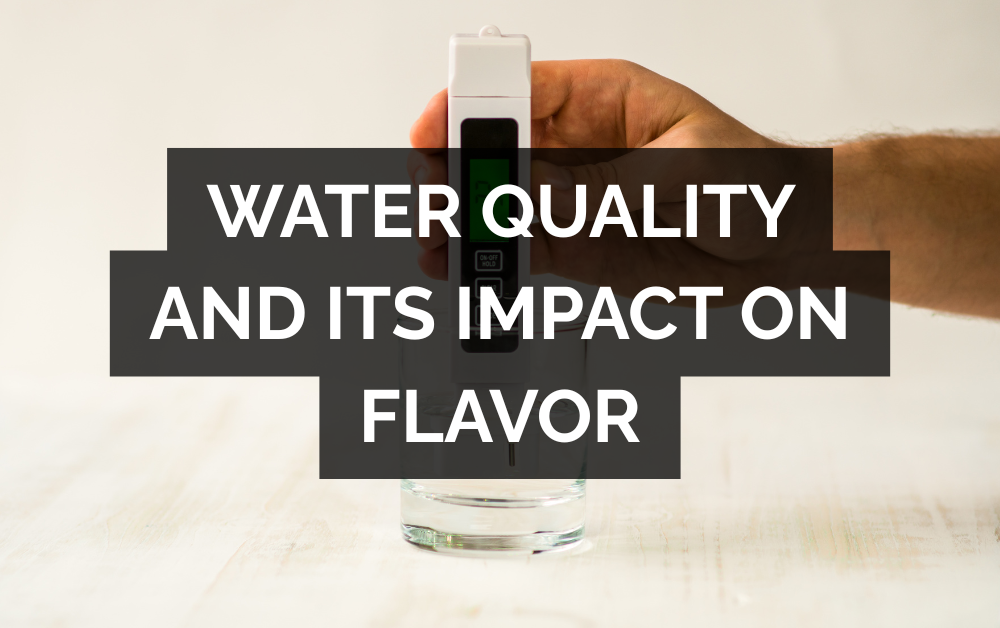When it comes to flavor, most people think about origin, variety, or roast. But one of the most influential—and often overlooked—factors in coffee’s taste is how the beans are processed after harvest.
Processing isn’t just a technical detail. It’s a make-or-break stage that influences everything from sweetness to clarity, mouthfeel, and fruitiness. If you've ever wondered why two coffees from the same farm taste radically different, odds are, processing has a lot to do with it.
Let’s break down the main coffee processing methods, what they involve, how they taste, and what you should look for as a coffee drinker.
1. Washed (a.k.a. Wet Process)
What it is:
In the washed process, the coffee cherry’s skin and pulp are removed using water and fermentation tanks. After that, the beans (still encased in a thin mucilage layer) are fermented to break down any sticky residue, then washed clean and dried.
How it tastes:
-
Clean
-
Bright
-
Transparent
-
Emphasizes acidity and origin characteristics
This is the go-to process for showcasing terroir. If a coffee is high-grown and complex, washing helps it shine without distraction.
Look for:
-
Ethiopia Yirgacheffe (washed): floral, citrusy
-
Guatemala Huehuetenango (washed): crisp, apple-like acidity
2. Natural (a.k.a. Dry Process)
What it is:
The oldest method, used widely in Ethiopia and Brazil. Here, whole coffee cherries are laid out to dry in the sun with the fruit still intact. Once fully dried, the outer layers are mechanically hulled off, leaving the green bean inside.
How it tastes:
-
Fruity
-
Jammy
-
Heavy-bodied
-
Can have fermented or wine-like notes
Naturals tend to be bold and expressive, sometimes even funky. The fruit ferments slightly around the seed, contributing sugars and complexity.
Look for:
-
Ethiopian Sidamo Natural: blueberry, strawberry, floral
-
Brazilian Natural: chocolate, dried fruit, low acidity
Honey Process (a.k.a. Pulped Natural)
What it is:
A middle ground between washed and natural. The skin is removed, but some or all of the mucilage (the sticky fruit layer) is left on during drying. The amount of mucilage left defines the color label:
-
Yellow honey = least mucilage
-
Red honey = moderate mucilage
-
Black honey = most mucilage, longest drying
How it tastes:
-
Sweet
-
Syrupy
-
Balanced acidity
-
Slight fruitiness without full-on funk
Honeys are often rich and smooth with nuanced fruit. They retain more clarity than naturals but more body than washed.
Look for:
-
Costa Rica Honey Process: caramel, stone fruit, medium acidity
-
El Salvador Black Honey: molasses, plum, dense body
4. Anaerobic Fermentation
What it is:
A modern, experimental twist. Coffee is fermented in sealed, oxygen-free tanks, often with the mucilage or whole cherry intact. This creates controlled microbial activity, producing wild and layered flavors.
How it tastes:
-
Complex
-
Spicy or tropical
-
Winey
-
Sometimes boozy or savory
Anaerobics can be polarizing. When done well, they’re dynamic and unforgettable. When mishandled, they veer into overripe or sour territory.
Look for:
-
Colombia Anaerobic Natural: cherry cola, spice, fruit punch
-
Experimental Microlots: passionfruit, cacao nibs, tangy acidity
5. Wet-Hulled (a.k.a. Giling Basah)
What it is:
Common in Indonesia. After pulping, the beans are only partially dried before the parchment is removed. The exposed green beans are then dried further, often in humid conditions.
How it tastes:
-
Earthy
-
Full-bodied
-
Herbal
-
Often low-acid
Wet-hulled coffees have a signature Indonesian funk—deep, rugged, sometimes spicy.
Look for:
-
Sumatra Mandheling: tobacco, cedar, cocoa
-
Sulawesi Toraja: earthy, dark chocolate, sweet pepper
So… Why Does Processing Matter?
Each processing method changes the bean’s chemical composition—altering sugars, acids, and moisture content. This leads to noticeable differences in:
-
Sweetness
-
Acidity
-
Body
-
Fruitiness
-
Clarity
Understanding processing helps you:
-
Choose coffees you'll love based on your taste preferences.
-
Try new flavor experiences by exploring different methods.
-
Decode coffee bags and roaster notes like a pro.
Quick Flavor Guide by Processing Method
| Processing Method | Flavor Profile | Body | Acidity |
|---|---|---|---|
| Washed | Bright, clean, citrusy, floral | Light–Medium | High |
| Natural | Fruity, jammy, fermented, bold | Medium–Full | Low–Medium |
| Honey | Sweet, syrupy, balanced, fruity | Medium | Medium |
| Anaerobic | Tropical, spiced, intense, experimental | Full | Varies |
| Wet-Hulled | Earthy, herbal, rustic, heavy | Full | Low |
How to Explore Processing Methods as a Coffee Drinker
1. Buy the same origin with different processing.
Try a washed and natural Ethiopia side-by-side. See how the fruit jumps in one and the florals in the other.
2. Pay attention to mouthfeel.
Washed = cleaner and tea-like. Natural = thicker and syrupy. It’s not just taste—texture is part of the experience.
3. Don’t fear funk.
Natural and anaerobic coffees can get weird—in a good way. Try them when you're ready for something outside the usual chocolate-caramel spectrum.
4. Ask your roaster.
Good roasters will know what processing methods went into each coffee. If it’s not on the bag, just ask—they’ll usually love the question.
Final Thought: Processing Is a Craft, Not Just a Step
Processing isn’t passive. It's an art form in the hands of the producer—just like roasting is for the roaster and brewing is for the barista. The choices made at the mill shape your cup long before it gets to you.
So next time you're scanning coffee bags, remember: washed, natural, honey—these aren’t just labels. They’re clues to what’s in the cup. And understanding them helps you become a better, more intentional coffee drinker.




